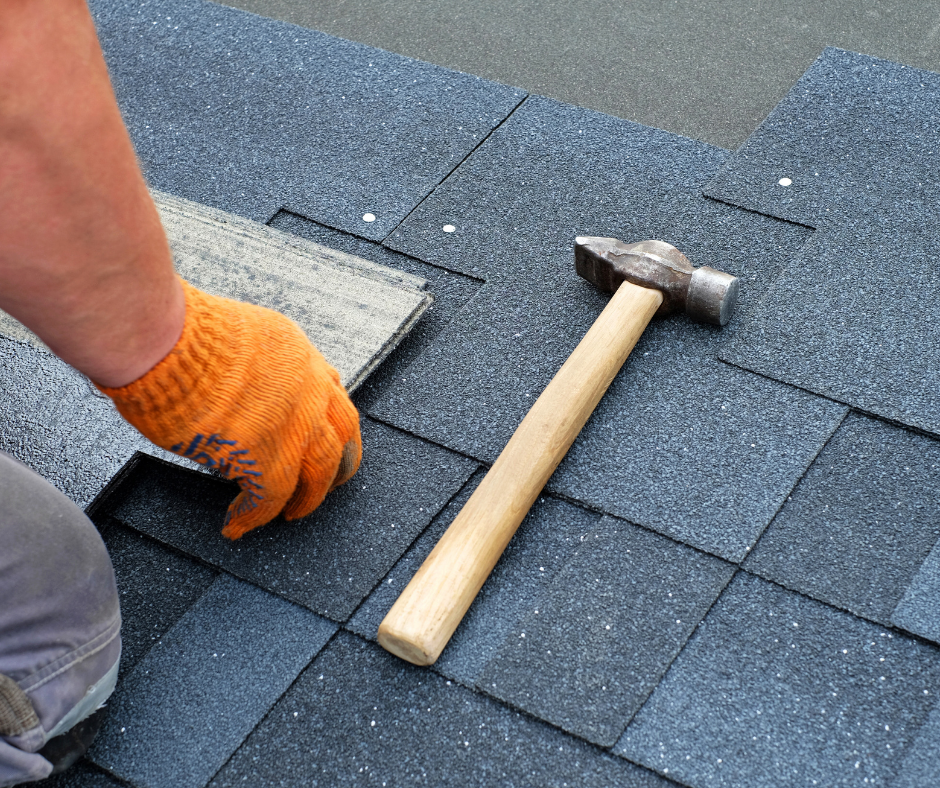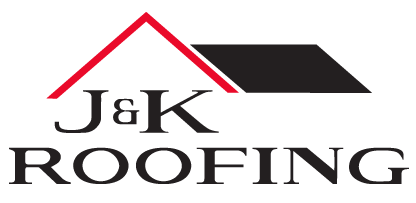
The Right Way to DIY Your Roof
In most cases, it is not recommended to handle roofing projects yourself. Aside from the obvious danger involved, amateur repairs can lead to structural damage, leaks, and the need for more expensive maintenance later on. However, if you are determined to do it yourself, there are steps you can take to make sure your project goes smoothly. The following steps are designed to help you re-roof using traditional asphalt shingles.
Step 1: Prep Your Work Area
Before getting up on the roof, you will want to ensure a clean and safe work area on the ground.
- Mow your lawn and move patio furniture.
- Park cars on the street
- Designate an area for roofing materials and a dumpster
- Remove any lighting fixtures around the house that are not hardwired
- Protect or remove any equipment on the roof, such as a satellite dish
It is also a good idea to photograph your driveway before any materials are delivered.
Step 2: Measure Your Roof
You will need to carefully and accurately measure your roof to be sure you have enough materials. Shingles are typically measured in squares, which are equal to 100 square feet. To find the number of squares you need:
- Determine the area of your roof by measuring the length and width of each section and multiplying the length and width together.
- Add the areas together to get the total area of your roof.
- Divide the final number by 100. This is your number of squares.
- Divide the number of squares by three. This is the number of bundles you will need.
- Plan to purchase an additional 20% just in case.
Step 3: Gear Up for Safety
When it comes to roofs, falling is a serious risk. At a minimum, you will want the following safety equipment/clothing:
- Long pants
- Sturdy work boots
- Safety glasses
- Toolbelt
- Work gloves
- A ladder that can hold your weight plus 80 lbs (You can review the OSHA Portable Ladder Safety Quick card here.)
- A fall protection kit that includes a harness, rope, and hook. This can be purchased at most home centers.
- Scaffolding
You may also want to consider wearing a hard hat and a safety harness as an additional precaution. At the very least, tie off when working on your roof. If the work involves a particularly high or steep roof, consider calling a local roofer. J&K Roofing teams are trained in roofing safety and fall prevention.
Step 4: Pull a Permit
Most city municipalities require a permit to work on your roof. Check your local requirements, as you may be able to pull a permit yourself.
Step 5: Tear Off the Old Roof
The tear-off process can take some time, so you will want to make sure there is no inclement weather expected. Make sure you have tarping to cover any exposed areas if you have not finished and rain is forecasted.
To begin the tear-off, place a tarp on the ground to catch any falling debris. Once this is done, you are now ready to begin removing the old shingles.
- Use a roof fork or shovel to scrape up the old shingles.
- Pry out any nails using a hammer
- Sweep the roof deck clean of any remaining debris.
NOTE: If there is visible damage to your roof decking, such as water damage, we do not recommend proceeding any further on your own. Also, if you have spaced decking, most municipalities will require you to install new roof decking. This is a process best left to the professionals. You will want to call your local roofer to perform an inspection and advise you on the next steps.
Step 6: Apply the Drip Edge
Secure the drip edge to the eaves of your roof using a 1” roofing nail. Place a nail every 10 inches. If you are putting two pieces of drip edge together, make sure they overlap by 1 inch and secure them with one nail in the front and one in the back.
Step 7: Install Ice and Water Shield
You will want to check with your local building codes to verify the required coverage for the ice-and-water shield. This can vary from between 2 and 3 feet up the roof from the outer wall.
- Place the ice and water shield according to local codes around the eaves, stacks, chimney, vent holes, ridges, and dormers.
- Make sure you align your shield before removing the adhesive backing. It is nearly impossible to adjust once it has been placed.
Step 8: Place the Underlayment/Roofing Felt Paper
- Start at the eaves with about 3 inches of overlap with the ice and water shield.
- If using roofing felt paper, follow local building codes for overlapping requirements. These are usually between 2-4 inches.
Step 9: Place the Starter Shingles
If your roof decking appears to be in good shape, you can begin installing starter shingles.*
- Follow the manufacturer’s instructions as to where to place your first starter strip. Some designs may call for you to begin in the middle and work your way down to the raking. Others may have you begin at the left edge of your roof and work your way across.
- Use a chalk line to ensure a straight, uniform layout.
- Place the first shingle adhesive side down with about ¼” hanging over the drip edge.
- Secure the shingle with at least four nails using a nail gun. You may want to add a couple more if you are in a high-wind region.
- Continue with the first course of starters by placing them next to each other, not overlapping.
*Many DIYers wonder if starter shingles are necessary. The answer is a resounding “yes.” Starter shingles are designed to help the other shingles adhere to the edges of the roof and prevent them from being damaged or even blown off in severe weather. So please, don’t skip the starter shingles!
Step 10: Install Asphalt Shingles
You can now begin placing your asphalt shingles.
- The first row will completely cover the starter shingles. Start at one end and place the shingles so that they create a ? inch lip over the rake edge.
- Butt the shingles tightly against one another. Secure the shingles in place with roofing nails. Refer to the specific manufacturer installation instructions for nail placement on your shingles.
- For the second row, cut according to the required dimensions. Continue the pattern for each row. You will place the shingles at the overlay mark of the row before it. Follow the manufacturer’s instructions for exact placement.
- When shingling a valley, make sure you start away from the valley and work toward it. Do not place any nails closer than 6 inches from the valley.
Before you DIY, Give J&K Roofing a Call
Installing your own roof can be a satisfying process that may ultimately save you a little money. However, we at J&K Roofing feel any potential savings are overshadowed by the inherent risks of trying to do a roofing project on your own. Safety hazards aside, the sheer amount of time and effort required can be significant. Furthermore, once you have completed the project, you will be faced with another daunting task: disposal of waste materials.
This is why we recommend you hire a quality, local roofer to address your project needs in a safe, efficient manner. J&K Roofing offers free roof inspections in the Denver Metro, Front Range, Colorado Springs, and Northern Colorado areas. Give us a call to schedule your inspection and see how we can help with your next project.
